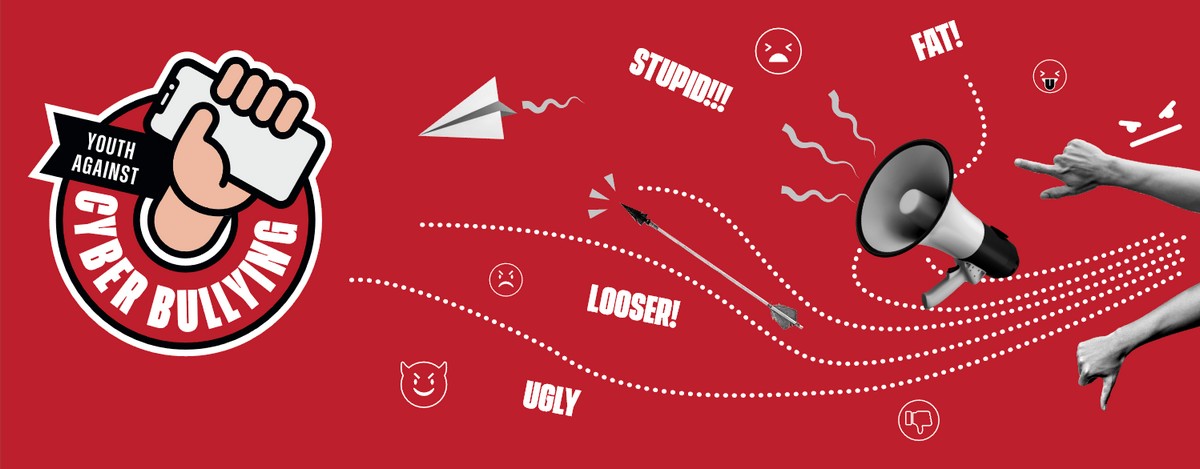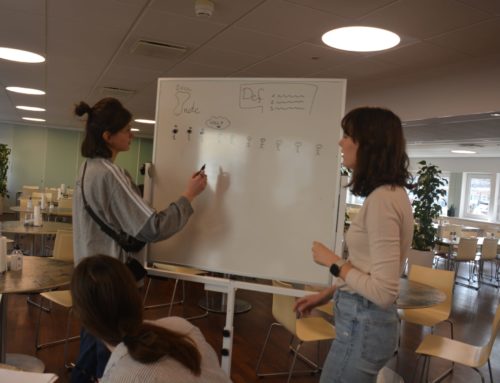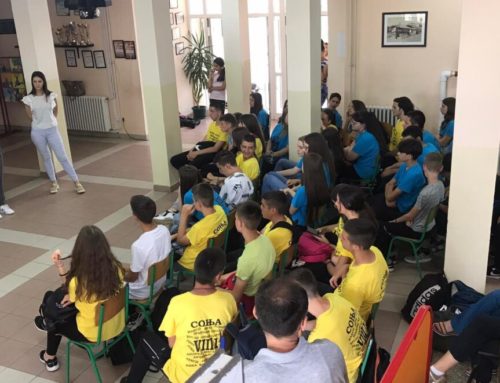Project Description
From the 21st to the 26th of March I participated, together with other young people from Italy, Denmark, France, Serbia, Croatia and Hungary, to the workshop in presence of the European project #YouthAgainstCyberbullying. All together, gathered in Copenhagen, we discussed and reasoned around the theme of Cyberbullying. The comparison of our knowledge and experiences, which differs from country to country, and the guidance given to us by an exceptional group of experts (psychologists, social media specialists, members of the European Parliament…) helped me a lot to better understand the topic, which I mistakenly thought I already knew, and I would like, now, to be able to pass on something of this experience to others: young people like me, very young people, parents, teachers or even just curious people.
But what are the goals of #YouthAgainstCyberbullying ?
The project has as its ultimate goal the creation of a website, an application and a brochure containing information, articles, multimedia materials, games and quizzes translated into several languages on the topic of cyberbullying. In this way we hope to reach and sensitize as many people as possible and, most importantly, to help them deal with the problem.
Why is it so important today to talk about cyberbullying ?
There are more and more aspects of our lives that take place online, from the most everyday and trivial actions, such as reading a magazine on the internet or buying a sofa cover on Amazon, to our work or our studies, until you get to our social life: all of us, with rare exceptions, we routinely use some social network: Facebook, Instagram, Youtube, Whatsapp etc. …
The pandemic has greatly expanded this phenomenon, this “translation” of our experiences from the physical world to the online world. Cyberbullying, which we focus on, is just one of the many facets that is part of this great social transformation.
What is cyberbullying ? And what are the differences with bullying ?
Exactly like the already well-known bullying, cyberbullying consists of both physical and psychological intentional assaults that are perpetuated over time against individuals who are unable to defend themselves. In the case of cyberbullying these actions are conducted through telematic tools (sms, mms, photos, videos, e-mail, chat rooms, instant messaging, websites, phone calls …). In practice: unauthorized sharing of private photos or videos, constant insults received via whatsapp or in the comments of photos and posts on social media, anonymous calls at any time and much more.
The differences between the two behaviors unfortunately are not limited to the means by which they are implemented: on the network bullying becomes cyberbullying and expands enormously, multiplies its possibilities, and consequently, also the damage it can cause to the victim.
Let’s make some examples: on the internet there is the possibility of anonymity, many people write online things that they would never say or do in real life, online ethics is different from face to face. There are no space-time limits on the net: cyberbullying can be carried out at any time, in any place and by any person, a huge difference if we think of traditional bullying, which takes place in school or sports environments, at certain times, mainly by peers. Last but not least, cyberbullying is much more difficult to identify, recognize and counteract.There are still many who underestimate the problem, but the truth is that we are facing a new and much more complex phenomenon, and it is more important than ever today to talk about cyberbullying.
By Catherine





